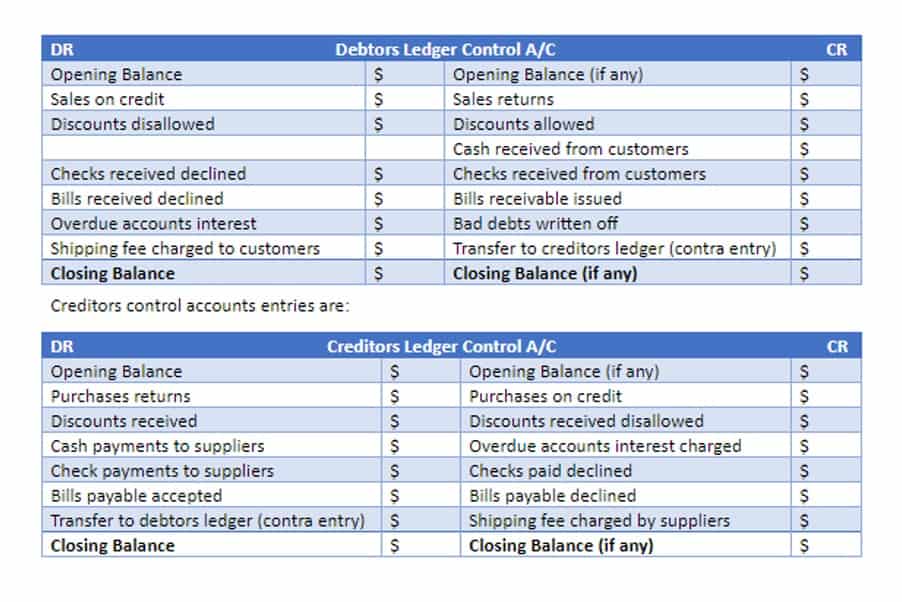
Interest payments are excluded from the generally accepted definition of free cash flow. Every month, they move $100 from their unearned income to their sales revenue. The reason they take this approach is to spread out the sales revenue over the life of the subscription to show how they “earn” what the customer already paid for each month. Since they use the accrual basis, the company records a $1,200 annual subscription differently. They record $100 sales revenue in the month they make the sale and record the remaining $1,100 as a liability called unearned revenue (money a company receives for a service that hasn’t yet been delivered). One checking account collects payments and covers operational expenses while the other is used to hire contractors that help on projects.

Direct Cash Flow Method
Assessing cash flows is essential for evaluating a company’s liquidity, flexibility, and overall financial performance. For investors, the CFS reflects a company’s financial health, since typically the more cash that’s available for business operations, the better. Sometimes, a negative cash flow results from a company’s growth strategy in the form of expanding its operations. Cash is the lifeblood of any organization, and a company needs to have a good handle on its cash inflows and outflows in order to stay afloat. Consistent positive cash flow might be a testament to effective leadership, reflecting the team’s ability to utilize assets for cash generation strategically. Conversely, dwindling or negative CFFA might raise red flags about the company’s operational strategies.

Cash Flow Management: A Guide for Small Businesses

Thomas J Catalano is a CFP and Registered Investment Adviser with the state of South Carolina, where he launched his own financial advisory firm in 2018. Thomas’ experience gives him expertise in a variety of areas including investments, retirement, insurance, and financial planning. Note that if there were any dividends issued to shareholders, the amount paid out would come out of retained earnings.
How To Calculate Cash Flow From Assets
Shareholders can use FCF minus interest payments to predict the stability of future dividend payments. Other factors from the income statement, balance sheet, and statement of cash flows can be used to arrive at the same calculation. For example, if earnings before interest and taxes (EBIT) were not given, an investor could arrive at the correct calculation in the following way. Some investors prefer to use FCF or FCF per share rather than earnings or earnings per share (EPS) as recording transactions a measure of profitability. This is because earnings and EPS remove non-cash items from the income statement. However, because FCF accounts for investments in property, plant, and equipment (PP&E), it can be lumpy and uneven over time.
Indirect cash flow starts with net income (containing all financial activity) and then adjusts for any non-cash activity (similar to EBITDA). For businesses using the accrual basis accounting method, where non-cash activity like accounts receivable and payable are included, this is the methodology most commonly used. For businesses using the cash basis accounting method, where transactions are recorded when cash moves, this can be easily done by looking at the income statement.
What is the Cash Flow Formula?
- This underlines the significance of businesses having a high cash flow from assets, as it can lead to lower rates and fees from financial institutions for potential lending options.
- If Company XYZ’s sales are struggling, they may choose to extend more generous payment terms to their clients, ultimately leading to a negative adjustment to FCF.
- The cash flow statement is an essential financial statement for any business as it provides critical information regarding cash inflows and outflows of the company.
- Many financial websites provide a summary of FCF or a graph of FCF’s trend for publicly traded companies.
How can you, as a business owner and key stakeholder, prepare to tackle these challenges? This blog will discuss the significance of calculating cash flow and provide practical examples calculate cash flow from assets to guide you in calculating net cash flow effectively. This means the business generated $70,000 in positive operating cash flow. For yield-oriented investors, FCF is also important for understanding the sustainability of a company’s dividend payments, as well as the likelihood of a company raising its dividends in the future.

In contrast, the income statement is important as it provides information about the profitability of a company. The cash flow statement is useful when analyzing changes in cash flow from one period to the next as it gives investors an idea of how the company is performing. Analysts look in this section to see if there are any changes in capital expenditures (CapEx). The following cash flow formulas each have their own benefits and tell you different things about your business.Let’s go over definitions, calculations, and examples together. To make things extra easy, you can use our free cash flow calculator to follow along.

How to Prepare a Cash Flow Statement
When analyzing the cash flow from operating activities, particularly under the indirect method, we start with net income and adjust for changes in working capital and non-cash expenses. Net cash flow is a simple but powerful metric that provides a comprehensive picture of your business’s financial health. It takes all cash inflows and outflows into account, regardless of the source. Businesses take in money from sales as revenues (inflow) and spend money on expenses (outflow). They may also receive income from interest, investments, royalties, and licensing agreements and sell products on credit rather than for immediate cash.






